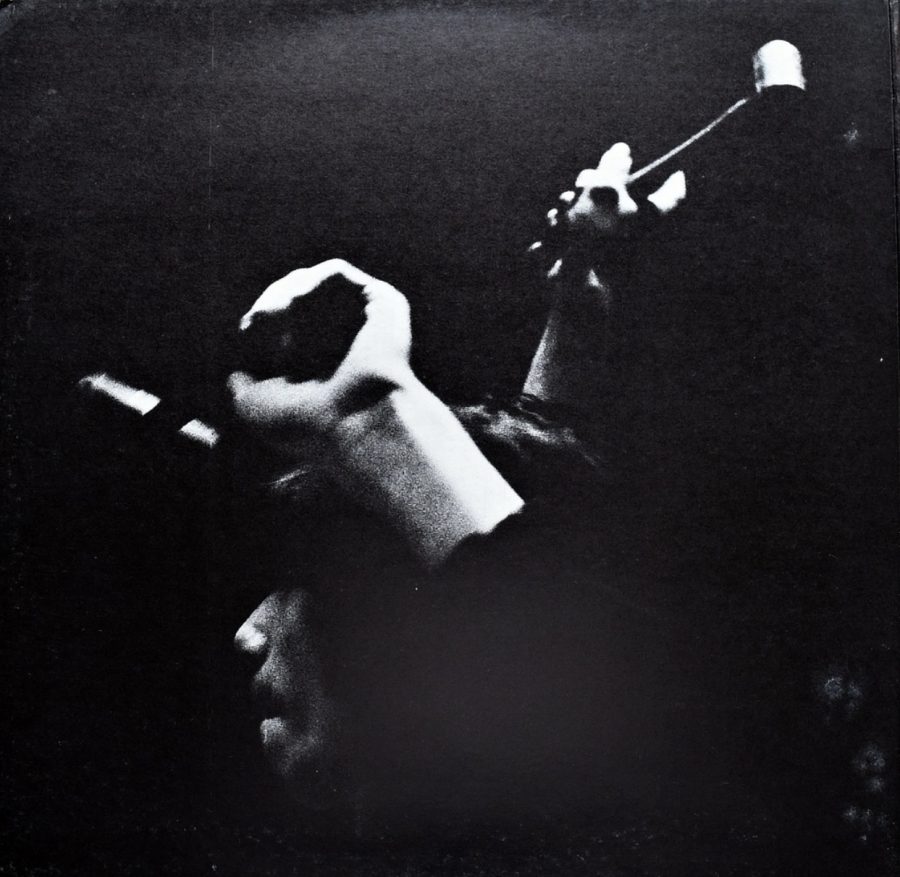Stomu Yamash’ta: An Introduction
October 29, 2020
In the classical music world, names such as Hans Werner Henze and Toru Takemitsu are synonymous with greatness. Both were master composers of the modern era whose influence on music is undeniable. In the rock music world, the names Michael Shrieve and Steve Winwood do the same: at the mention of one of their names, one immediately recalls Shrieve’s albums with Santana or Winwood’s albums as a member of Traffic and Blind Faith with Eric Clapton.
Yet if I were to mention the name Stomu Yamash’ta to avid fans of either genre, it is doubtful that any would recognize the name. In fact, there seems to be little appreciation for or remembrance of Yamash’ta at all today. Yamash’ta’s Wikipedia page consists of just 16 sentences, in depth reviews of his albums can hardly be found at all, and his most complete biography that can be found is only three pages in length. Why this lack of recognition? Stomu Yamash’ta was considered among the best classical percussionists in the world (if not the very best) by his early 20s, he received a five minute standing ovation following a performance with the Chicago Symphony Orchestra, created a theater company and was nominated for two Grammys in its inaugural year. In relation to the musicians mentioned above, he was considered by Henze to be the only percussionist to properly play his works, had works composed for him by Toru Takemitsu, and led a band with both Michael Shrieve and Steve Winwood as members (as well as Al di Meola and Klaus Shulze). How is it a man with such great accomplishments is largely forgotten?
For me, I am glad to say, the music of Yamash’ta is not forgotten. His albums compose the majority of my listening music and claim the top spots of my favorite albums. The ability to combine contrasting cultures and styles of music within his albums through an expert level of musicianship shown by both intricacies and intricate simplicities of melody, rhythm, and structure is second to no musician. For the active listener, the art form of Yamash’ta’s albums extend much further than just the notes and rhythms as in each album Yamash’ta conveys a deeper theme or meaning musically, themes such as cohesion (told through the unity of the instruments, scales, and rhythms/structures of different cultures in Floating Music), dualism (told through the subjects of good vs evil and life vs death in Go), and conclusion (shown by the conclusion of his Iroha album series and told through the story of a sunset in Sea and Sky).
In this column, I hope to educate on Yamash’ta’s accomplishments and importance. Over the course of this year, I will write a series of articles including a biography and analyses and interpretations of his albums that will allow readers to experience the amazing music of Yamash’ta and expand their musical tastes and cultural outlooks.
Selected Discography:
Floating Music (1972)
The Man from the East (1973)
Freedom is Frightening (1973)
Raindog (1975)
Go (1976)
Iroha Ten/Chi (1981)
Iroha Sui (1982)
Iroha Ka (1983)
Sea and Sky (1985)
For further information:
The Infinite Horizons of Stomu Yamash’ta


